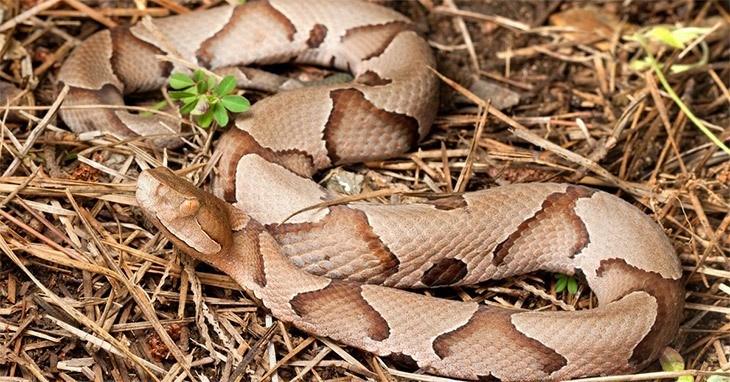written by Arthur “Nature Boy” Roberts
I’m writing this on a tight budget, so you’ll just have to imagine the theme of 2001: A Space Odyssey, playing in the background. “The only good snake, is a dead snake, selah.”
The Bible started it, having the serpent tempt Eve in the garden, for crying out loud. Snakes are bad. It was the wisdom of the ages and of my Granny, so for one score and more, I dutifully shoveled, hoed and shot them. I even tried running over a Black Racer with my bicycle. Then it happened, I doubted. “IS the only good snake a dead snake?” Doubt the Bible maybe, but GRANNY? Slowly, I eased up, sort of like the Terminator did, to the point that now, I am a defender of my legless brethren. It hasn’t hurt me yet. The State agrees with me, as it is ILLEGAL to kill a non venomous snake in Georgia. As my penchant and reputation for peaceful coexistence grows, I get lots of texts with photos, asking, “What kind of snake is this?” At this writing, I haven’t lost a correspondent, either to snakebite, or incarceration.


Venomous or non venomous, snakes are all predators and prey on rodents (rat snakes, corn snakes), amphibians (water snakes, black racers), birds (rat snakes, again), insects (garter snakes, brown snakes, green snakes) and strangely enough, snakes ( king snakes are famous for their diet of venomous snakes).
Bear in mind that, unlike red bugs (aka chiggers), snakes do have a legitimate role in the environment and as such, deserve our tolerance and respect, which for the most part means a wide berth. Our best advice to you, on living with snakes, because we all do, is to be aware of your surroundings. Watch your step, when you’re walking and if you’re gardening, or crawling, where you reach.

Venomous snakes are, for the most part, ambush hunters. Superbly camouflaged, a Copperhead will sit stock still and allow the unsuspecting rodent or human to get way too close for comfort, before moving and then it’s in an aggressive manner.
We could go on and on about round eyes good, hooded eyes bad, round heads vs. triangular heads, black on yellow, kill a fellow, red on black, friend of Jack, shiny scales vs. rough scales, swimming on top of, vs. under the water, but all that stuff runs together when you find yourself eye to eye, or more likely, toe to eye with a snake. Treat any snake as you would treat a skunk (leave it alone) and everybody will do just fine.
To learn more about Georgia snakes, go here.


